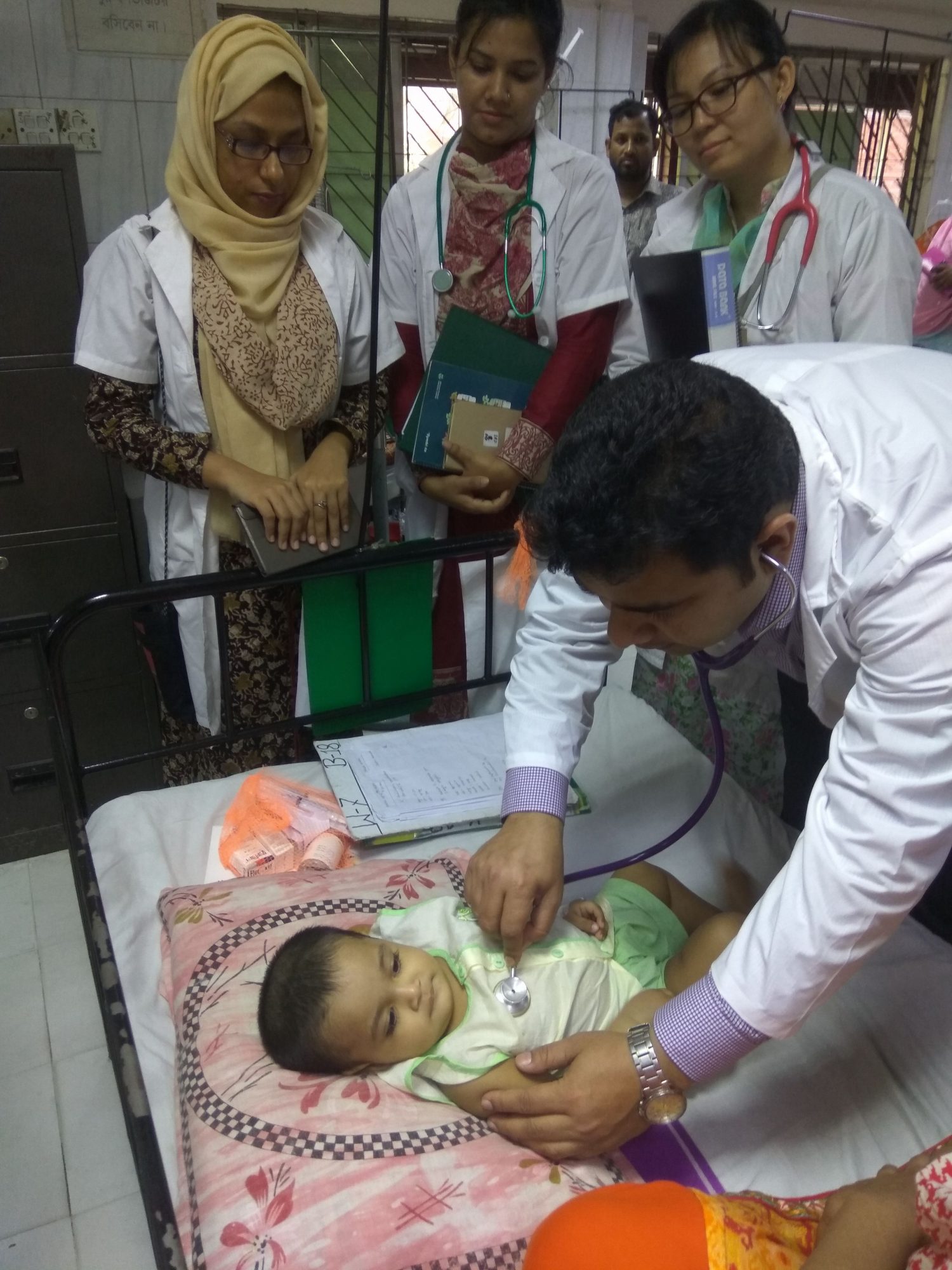
It is estimated that even today >500,000 deaths in newborns occur every year due to serious infections. However, little is known about what microorganisms cause these infections, which makes it difficult, if not impossible, to save lives through informed-treatment or to design new vaccines to prevent these diseases. Not surprisingly, most of these deaths occur in low- and middle-income countries, where conducting comprehensive disease surveillance can be difficult due to lack of resources and laboratory facilities.
A few years ago, the Bill and Melinda Gates foundation decided to change this scenario by funding the Child Health Research Foundation, Bangladesh, to study diseases in children under the age of 2 months in Bangladesh, India and Pakistan. The study was named ANISA – Aetiology of Neonatal Infections in South Asia. ANISA study was conducted in 5 different communities in these three countries. CHRF was awarded the fund to lead this multi-country and multi-site project considering this organization’s increasing role in improving lives of children in Bangladesh, its expertise in state-of-the-art laboratory sciences and numerous publications on infections. This was one of the first studies primarily designed by a group in a developing country, right in the middle of the problem with good understanding of the context.
ANISA enrolled and tracked 84,971 pregnant mothers and studied 63,114 babies for the first 2 months of their lives to understand what causes infections in these children and what can be done to treat/prevent these infections. For the first time, it was shown that a bacterium called Ureaplasma is the leading cause of death due to infection in these children, and another virus called the respiratory syncytial virus (RSV) causes the most number of illnesses. The study also generated data on what the most effective and best choice of antibiotics are for treatment of bacterial infections in newborns of South Asia.
Importantly, despite the use of state-of-art laboratory techniques, no cause of infections were found in ~70% of all possible infection cases, suggesting that the cause of illness in these children may not be due to an infection. ANISA opens avenues for further exploration that might uncover new strategies for improving survival among babies and achieving Sustainable Development Goal 3.
The study was one of its kind, and definitely the largest ever conducted. The findings of this study have been published in “The Lancet”, one of the most reputed journal in the field of medical science, last week.
The study would not be possible without the international collaborations and generosity of both local and global colleagues and collaborators. icddr,b of Bangladesh played instrumental roles in making this study possible and successful. In addition, collaborations with the Oxford University, Johns Hopkins University, Center for Disease Control (CDC), World Health Organization (WHO), Aga Khan University, Christian Medical College Vellore and many more were instrumental. Many scientific colleagues around the world and around the clock provided unwavering support to ensure success. All collaborators played consequential roles in designing, implementing, managing data and funds, monitoring the study progress and quality, and finally analyzing the data.
